- All posts
- Concrete
- Driveway
- electric heated mats
- Energy Efficiency
- Enjoy
- Hail
- Health
- Heated Driveways
- Heated Floor Mats
- Heated Mats
- Home Maintenance
- Ice
- ice dams
- Landscaping
- Liability
- Michigan
- Press + Praise
- Property Maintenance
- residential
- Roof
- Roofs
- safety
- salt
- Senior Safety
- Shoveling
- shovelling
- Slip and Fall
- Snow
- snow and ice management
- Snow and Ice Removal
- Snow Melting
- Snow Melting Mats
- Snow Removal
- Snow Removal Contractor
- Winter Car
- Winter Driving
- Winter Gardening
- winter prep
- Winter Safety

12 Christmas Eve Ideas for a Perfect Solo or Couples Night
Spending Christmas Eve solo or as a couple? Explore 12 festive ideas for an unforgettable night.
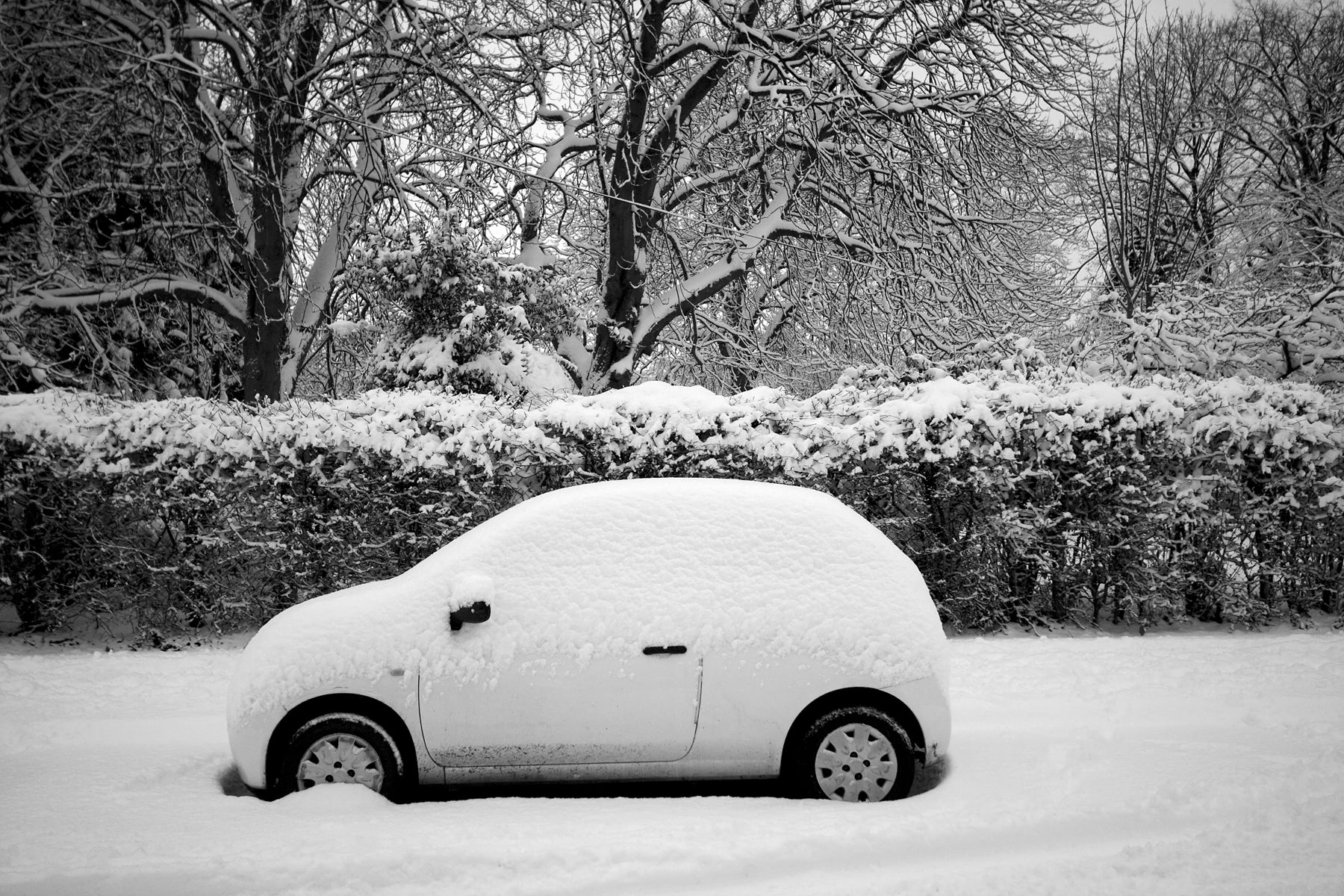
Winterizing Your Car: Essential Tips for All Drivers
Ready your car for winter's challenges with our expert tips. This guide includes how HeatTrak Driveway Mats can transform your winter driving experience.
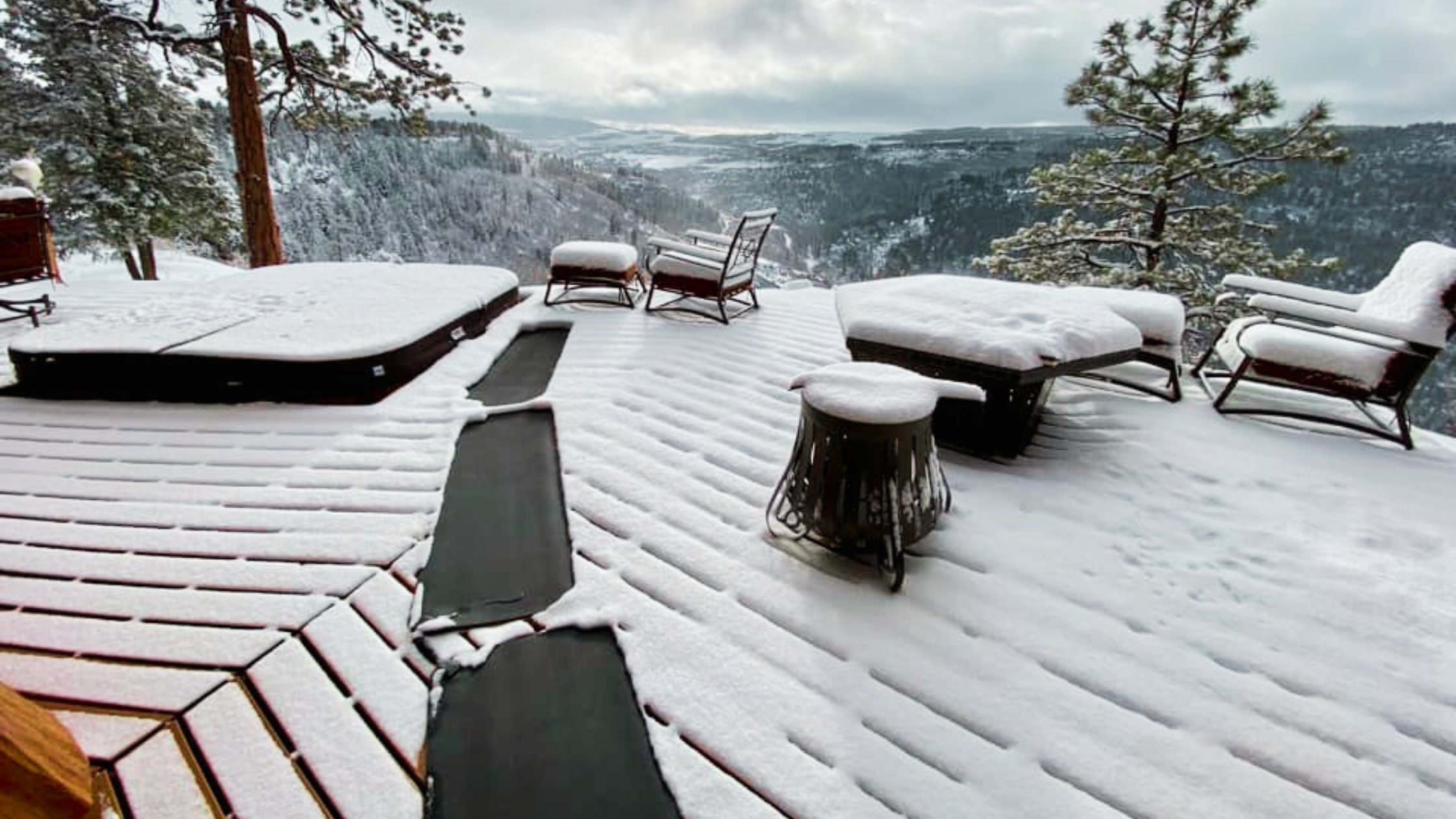
Getting the Most Out Of Your HeatTrak Mats For A Safe, Breezy Winter Season
New to HeatTrak, or need more some information before you try our award-winning snow melting mats? We've got you covered in this quick-and-dirty guide!
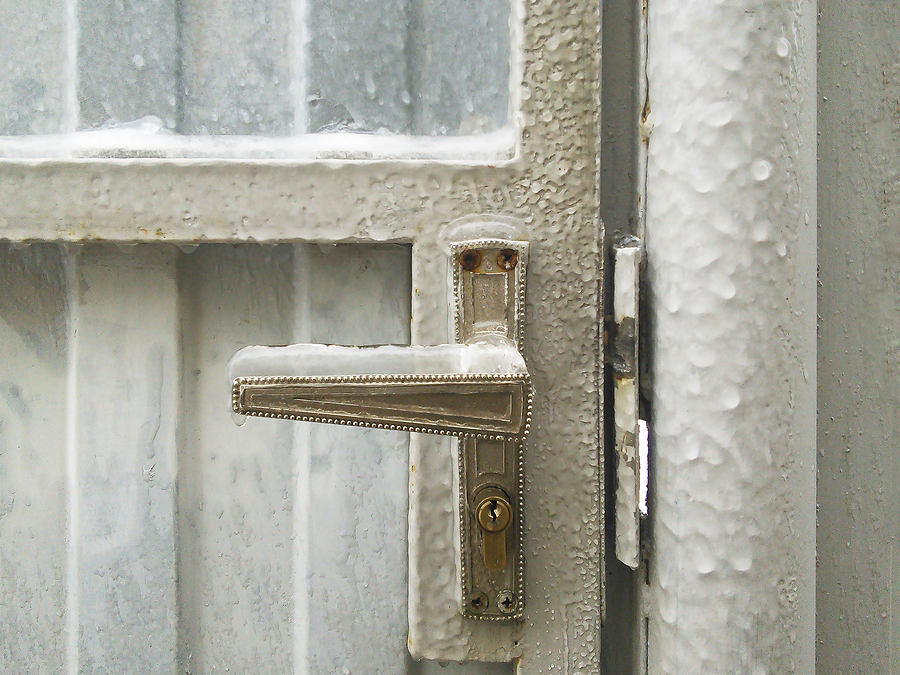
Stopping Cold-Air Drafts Around Your Doors
What causes drafts in the first place? Gaps in the construction of your home or an opening that has been left unsealed. That’s why you’ll commonly experience drafts around windows, doors, pipes, an...
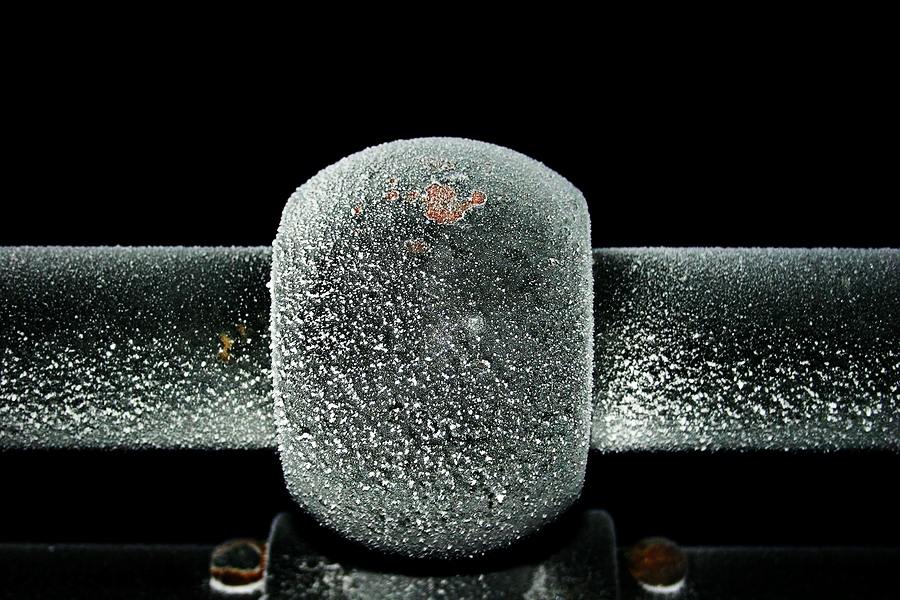
How to Thaw Frozen Water Pipes in a Wall
Dealing with frozen pipes can be an unexpected hassle. Catching the problem sooner rather than later is key. Here's how to fix it.
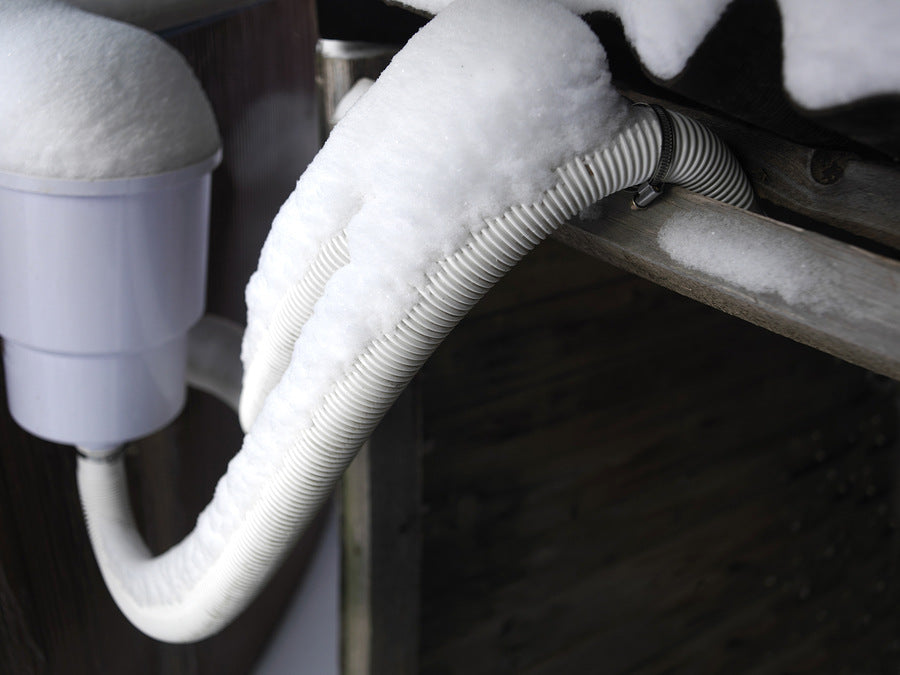
How to Protect Your Pipes from Freezing
Are you frozen in fear at the thought of frozen pipes? Here’s your solution.

What Temperature Does Snow Melt? A Closer Look at Mother Nature's Freezer
Dive into the mysteries of snow's melting point and how Mother Nature's whims affect our wintry world. Plus, uncover a game-changing tool to tackle the toughest of snowy seasons.
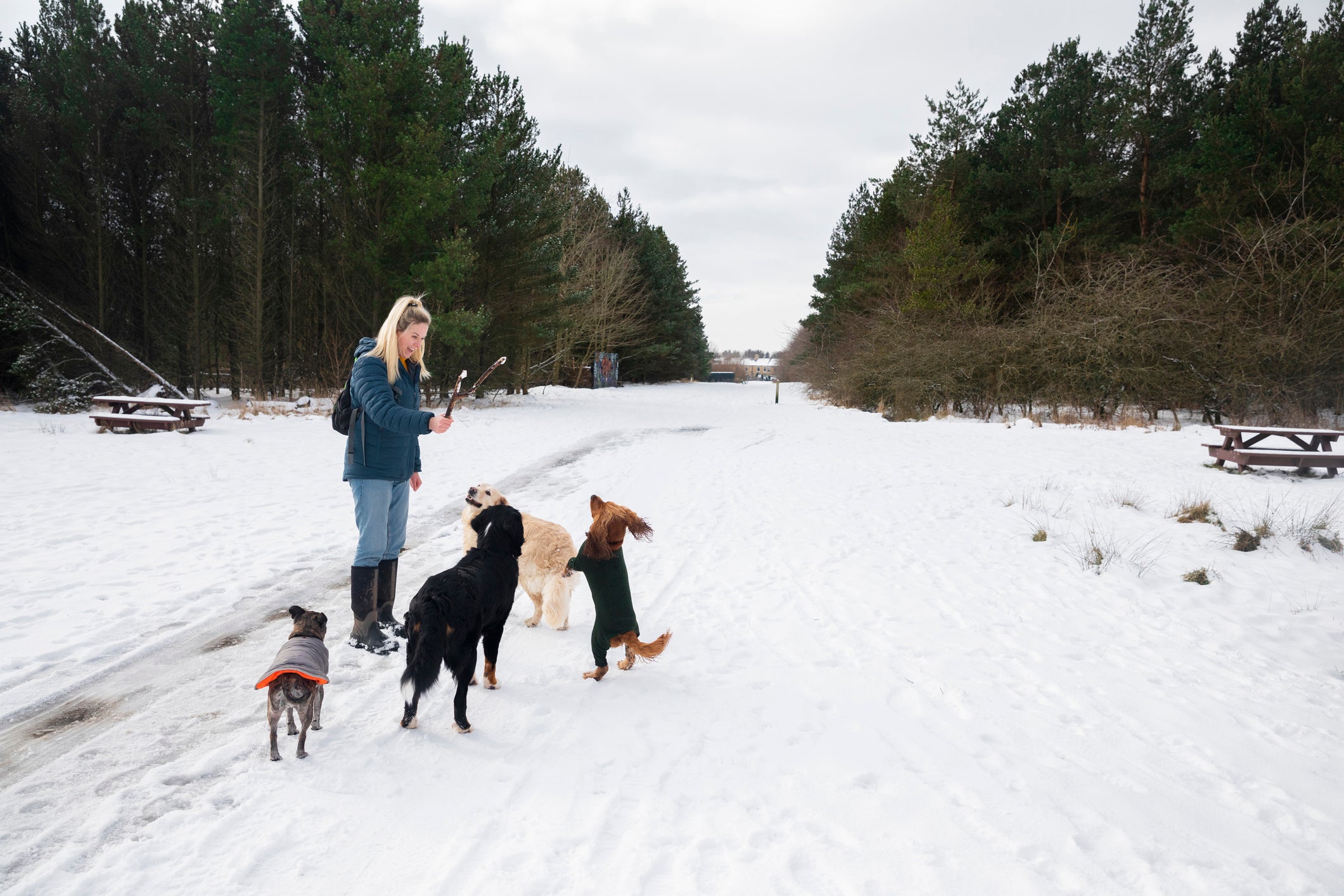
Fun Snow Day Activities to Do With Your Pet
Snow days aren’t just for kids; your furry friends can join in on the fun too! Dive into a world of winter activities, tailored to ensure your pet's excitement matches yours on a snowy day.
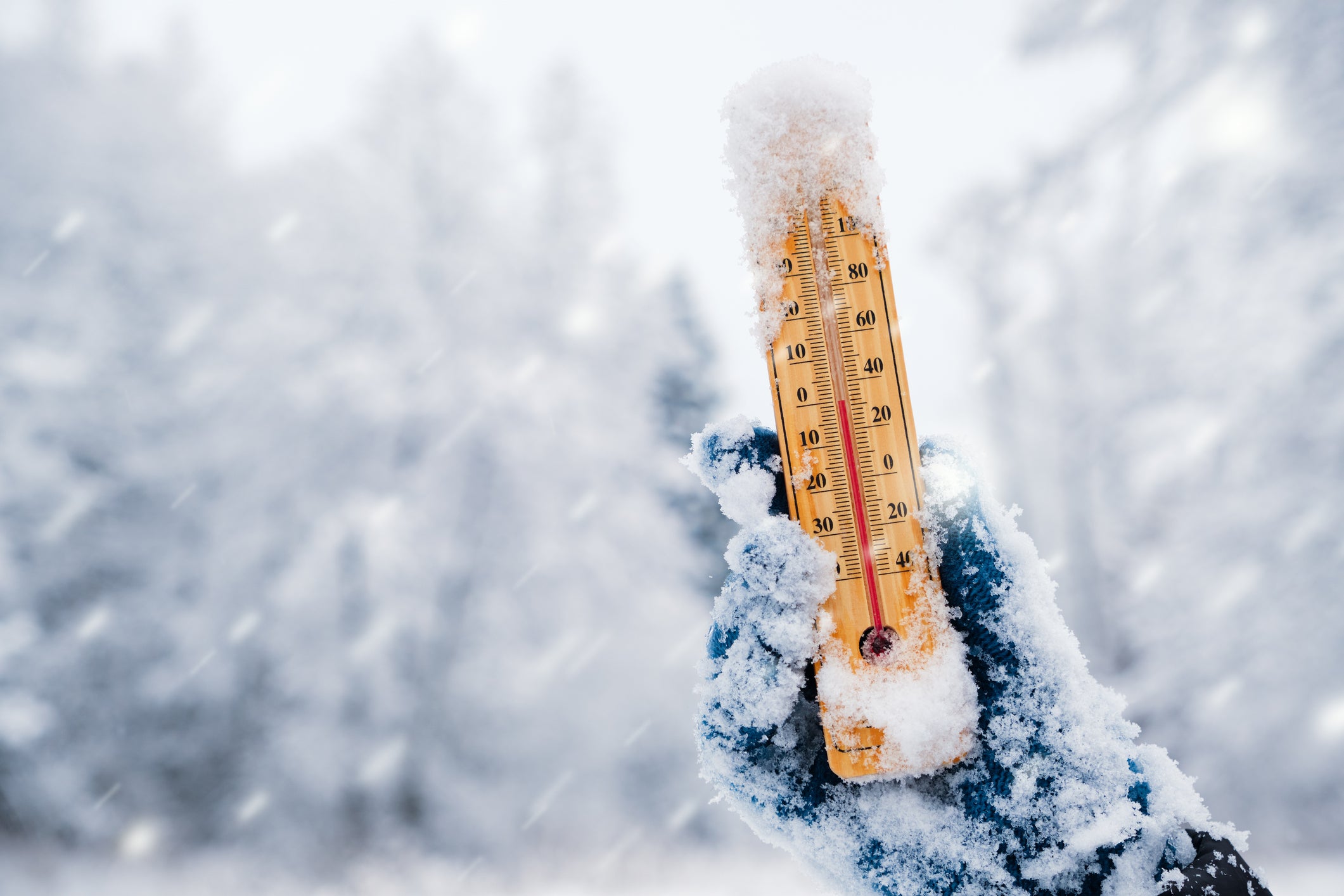
Can Snow Melting Mats Handle Subzero Temperatures?
Facing another harsh winter? Ever wondered if HeatTrak mats can stand up to the challenge of subzero temperatures, especially on diverse surfaces like concrete and decks? Dive in as we unveil the s...
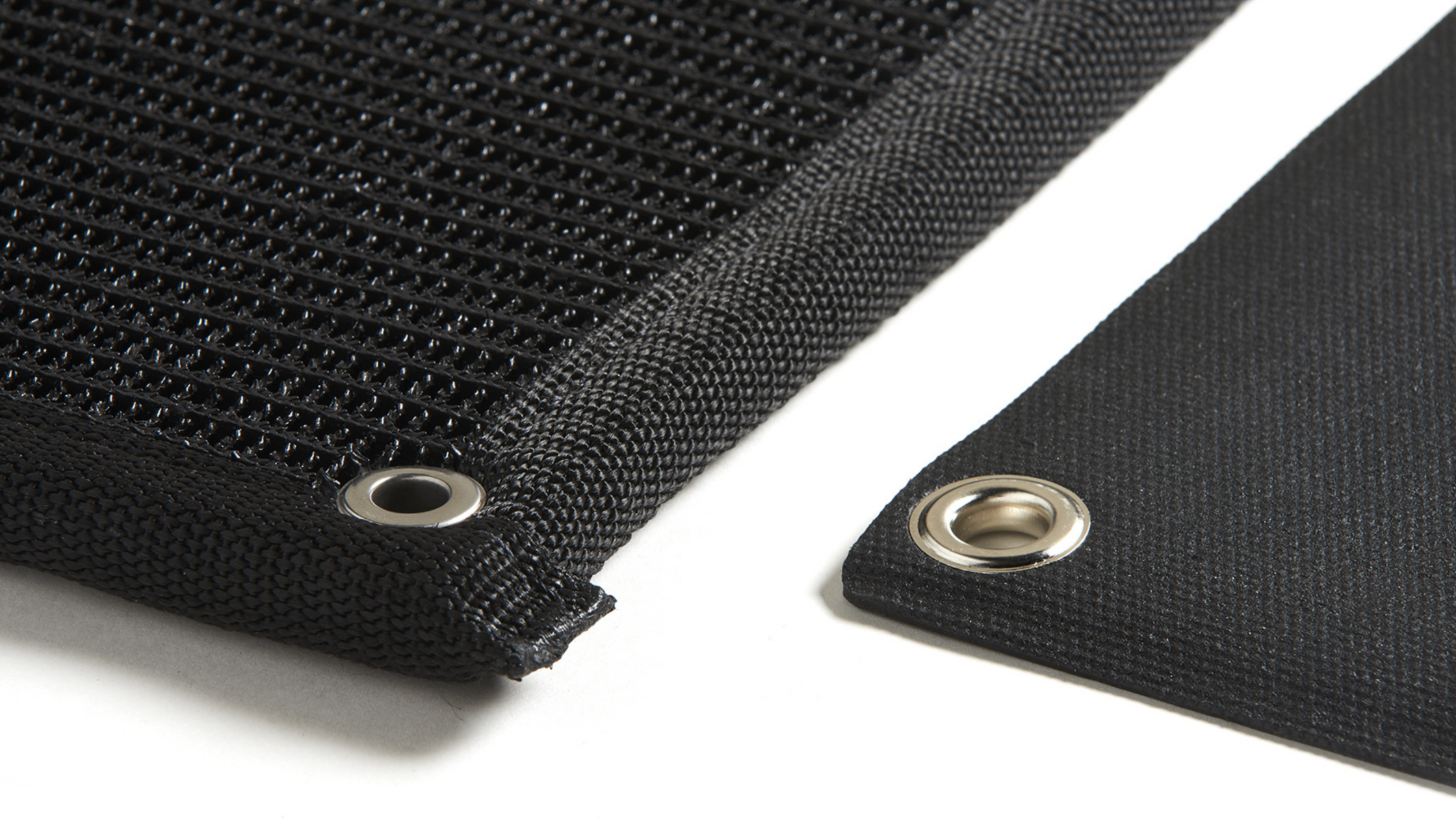
The Lifespan of Snow Melting Mats: What to Expect and How to Extend It
Ever wondered how long your snow melting mat is designed to last? Or are you curious about how to keep it running efficiently for even longer? This article spills the beans, bringing insights right...

Automation Solutions for Your HeatTrak Snow Melting Mats
Winter’s beauty shouldn’t come with the hassle of snowy pathways. Dive into HeatTrak’s innovative automation solutions, turning chilly inconveniences into warm conveniences.

The Perks of Personalization: Customizing Your HeatTrak Mats
Tailor-made solutions for winter? Discover how you can customize HeatTrak mats to meet your unique needs and ensure safe, snow-free pathways all season long!

Holiday Shopping Ideas for Your Grandparents
Stuck on what to gift your grandparents this holiday season? Our list, featuring the must-have HeatTrak Snow and Ice Melting Mats, will guide you to the perfect present!

How to Prepare for Winter During the Fall: Pro Tips for a Smooth Transition
As the amber hues of fall paint our surroundings, winter's chill looms just around the corner. Prepping in advance can save you headaches later.

How Snow Melting Mats Are Making Winters More Accessible
Slippery winter sidewalks are no longer an insurmountable challenge. Dive into the life-changing benefits of snow melting mats for those who've faced winter's icy wrath more than others.